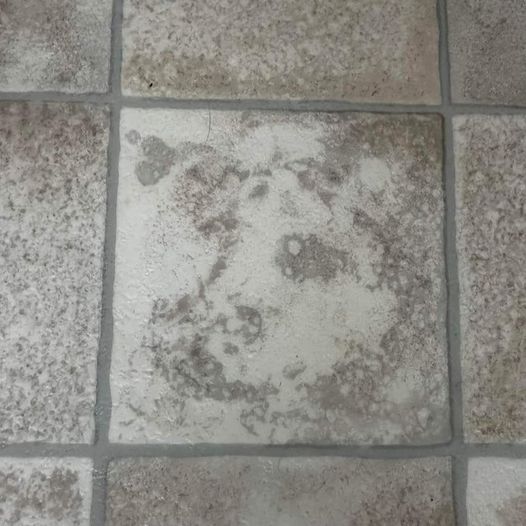ADVERTISEMENT
### 💡 **How Pareidolia Impacts Our Lives**
Interestingly, pareidolia can also be a tool for creativity. Many artists and designers harness the power of pareidolia in their work, crafting images or objects that suggest human faces or figures. In fact, artists like Salvador Dalí and Pablo Picasso played with pareidolia, using distorted faces and objects to create their own brand of visual intrigue.
—
### 🔬 **Is Pareidolia Ever a Problem?**
While pareidolia is usually a harmless and even entertaining quirk of the mind, it can sometimes have negative effects. For example, in some cases, it can contribute to **anxiety** or **delusions**, particularly in individuals with mental health conditions such as **schizophrenia** or **paranoid personality disorder**. When the brain begins to perceive faces or threats that aren’t really there, it can lead to heightened feelings of fear or unease. However, for most people, pareidolia is a harmless and fascinating part of the human experience.
—
### ✨ **Final Thoughts**
**Pareidolia** is a remarkable reminder of how our brains are finely tuned to recognize faces — a vital skill that helped our ancestors survive and thrive. This quirky phenomenon, where we see faces in clouds, objects, and even food, shows just how deeply ingrained our perception of human-like forms is. Whether it’s spotting a smile in the grain of a table or imagining a face in a distant rock, pareidolia adds a touch of mystery and wonder to our everyday lives.
Next time you catch yourself seeing a face where there isn’t one, remember that your brain is simply doing what it does best — trying to make sense of the world around you. And who knows? Maybe it’s just a sign that your mind is looking for a little connection, a little joy, or maybe just a little fun in unexpected places.
Do you experience pareidolia often, or have you spotted any “faces” lately? Let me know about your most memorable sightings!
ADVERTISEMENT
